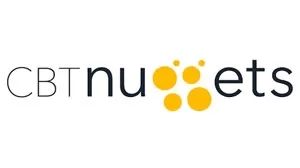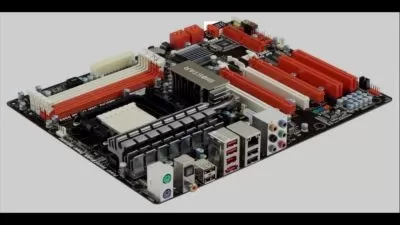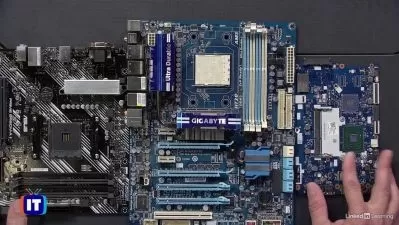CompTIA A+ (220-1102) Online Training
James Conrad
28:07:12
Description
This entry-level CompTIA A+ (220-1102) training prepares learners to work with, manage, and troubleshoot problems with common software and operating systems.
The A+ certification from CompTIA is one of the most well-known entry-level IT certifications in the world. The CompTIA A+ covers computer hardware, Windows and Unix-based operating systems, and networking fundamentals. Like other CompTIA certifications, the CompTIA A+ is vendor-agnostic, which means its lessons apply equally to any operating system or manufacturer.
More details
This course covers the second of the two exams you'll need to pass to earn the A+. The 220-1102 exam covers operating systems, security, software, and operational procedures.
Once you're done with this CompTIA training, you'll know how to work with, manage, and troubleshoot problems with common software and operating systems.
For IT managers, this CompTIA training can be used to onboard new technical support specialists, curated into individual or team training plans, or as a CompTIA reference resource.
CompTIA A+ (220-1102): What You Need to Know
This CompTIA A+ (220-1102) training has videos that cover topics such as:
- Navigating, using, and managing different operating systems
- Recognizing basic network and system security features and risks
- Troubleshooting problems with applications and other software
- Documenting steps taken to fix technology
Who Should Take CompTIA A+ (220-1102) Training?
This CompTIA A+ (220-1102) training is considered foundational-level CompTIA training, which means it was designed for technical support specialists. This desktop hardware skills course is valuable for new IT professionals with at least a year of experience with desktop support and experienced technical support specialists looking to validate their CompTIA skills.
New or aspiring technical support specialists. It's hard to imagine a better first step for a new or aspiring technical support specialist than training for the A+. And if certification doesn’t interest you, taking this course is still recommended as it will make you a more competent and capable IT specialist. But earning the cert can help you with promotions and advancement.
Experienced technical support specialists. If you've been working in IT for a few years, this CompTIA A+ training can help in two ways. First, it can help you pass the A+ 220-1102 exam and earn a career-defining certification. Second, it will help fill in knowledge gaps you have related to troubleshooting device software and operating systems.
User Reviews
Rating
James Conrad
Instructor's CoursesI really enjoy teaching someone a topic that was difficult for me to learn so they don’t have to go through the same pain that I did while learning that topic.
James brings more than 30 years of IT experience to his training. He got his start in IT volunteering for a nonprofit and becoming their defacto IT pro — while using an MS-DOS portable computer. Before joining CBT Nuggets, James did freelance IT work, and wrote and reviewed technical books. His hobbies include photography, hiking, and traveling, especially to Eastern Europe and Russia.
Certifications: Microsoft Certified Professional, Microsoft Certified Solutions Associate, Microsoft Certified Solutions Expert, Microsoft Certified Technician, Certified Ethical Hacker, and CompTIA A+
Areas of expertise: Microsoft (Group Policy) and CompTIA

CBT Nuggets
View courses CBT Nuggets- language english
- Training sessions 197
- duration 28:07:12
- Release Date 2023/02/25








